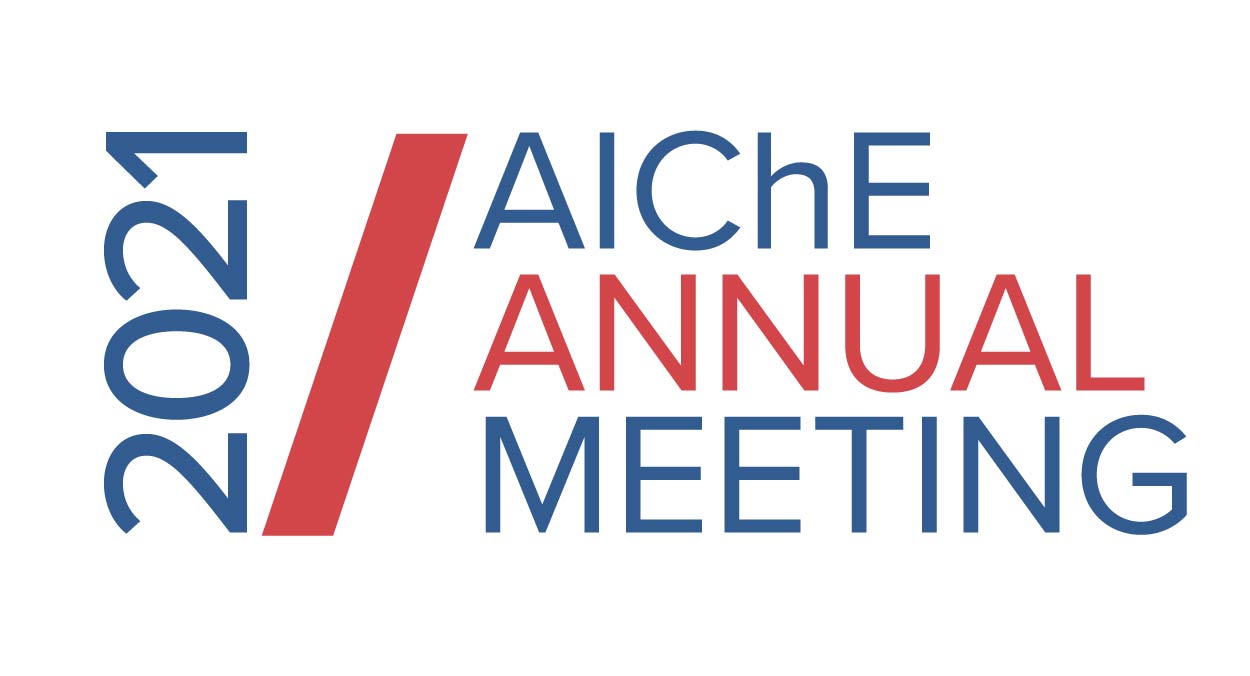

The growing global population is driving up demand for fresh water, meanwhile scarce drinking water sources are increasingly being polluted with anthropogenic discharges from agricultural waste and industrial processes. Capacitive deionization (CDI) is an environmental remediation technology that can remove wastewater contaminants through physical separation, but it produces concentrated waste streams that necessitate further processing and increase operational complexity. Heterogenous catalysis is a promising opportunity to degrade toxic wastewater contaminants, but the kinetics for degradation can be slow as it is limited by mass transport. We report a hybrid approach called catalytic capacitive deionization (CCDI) that combines the advantages of capacitive deionization and heterogeneous catalysis in a single continuous flow process. Porous electrodes that contain catalytic nanoparticles are used in a flow-through CCDI device, in which ionic contaminants are electrosorbed onto the electrode and subsequently degraded to harmless by-products. We demonstrate CCDI through the removal and reduction of nitrate in water towards innocuous nitrogen gas. A feed stream containing 50 mg-N/L nitrate was continuously fed to the CCDI reactor at 1 mL/min. The nitrate was removed and treated through a 20-minute combined adsorption/catalytic cycles. Treated effluents at voltages above 1.3 V contained 2 mg-N/L nitrate along with trace amounts of nitrite and ammonium by-products below maximum concentration levels defined for drinking purpose. We found that our CCDI system could reduce a significant fraction of the nitrate in the feed stream, and at voltages of 1.3 V or greater the major byproduct was N2. For example, at a cell potential of 1.5 V, the CCDI system removed 92% of the nitrate in the feed, and 91% was selectively transformed to produce innocuous N2. An energy efficiency analysis demonstrates that this technology is more competitive than other water treatment methods. This work demonstrates that catalytic CDI can potentially be used as a novel approach to treat a wide-range of aqueous ionic contaminants, significantly advancing the next generation of CDI systems.


Presenter(s)
Once the content has been viewed and you have attested to it, you will be able to download and print a certificate for PDH credits.
If you have already viewed this content,
please click here
to login.
